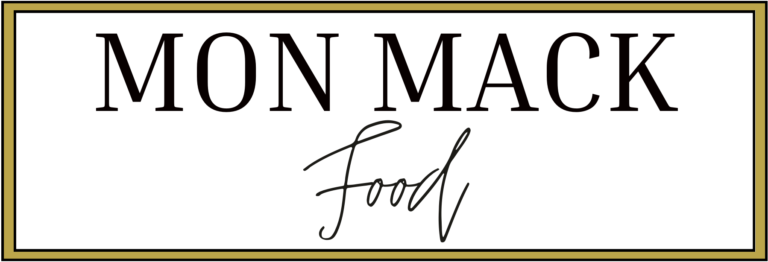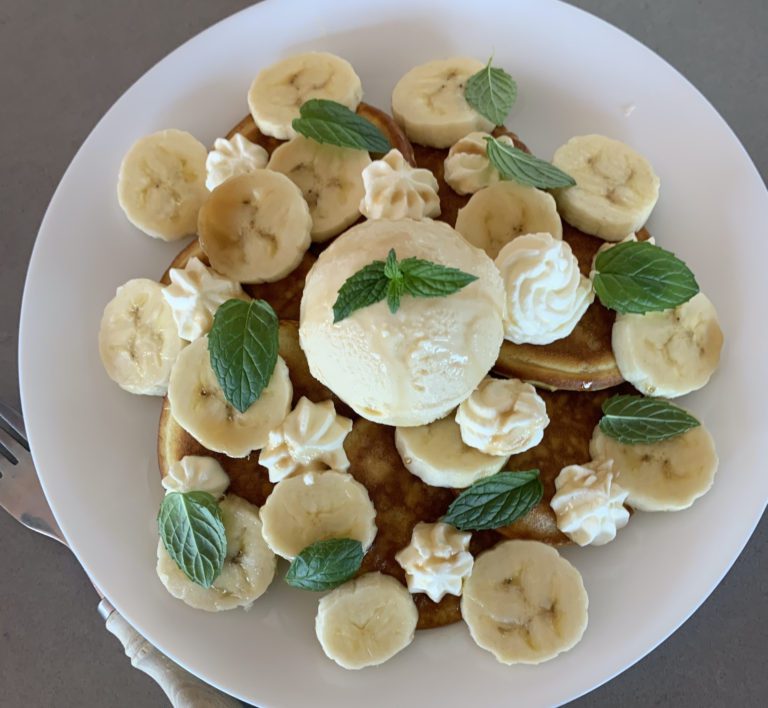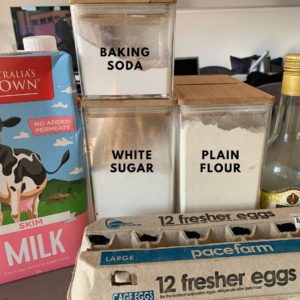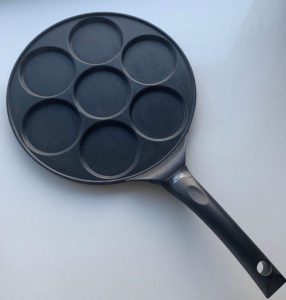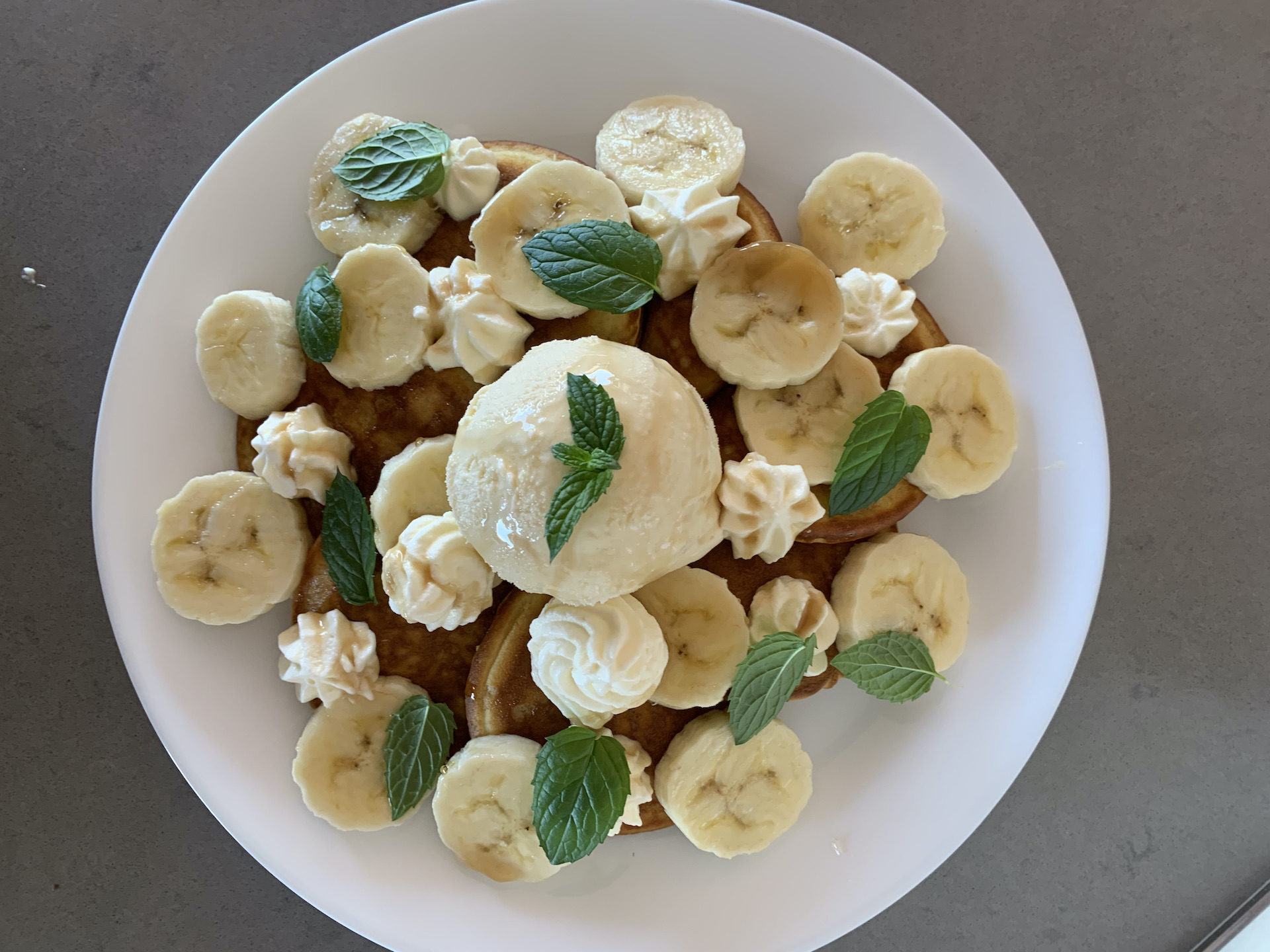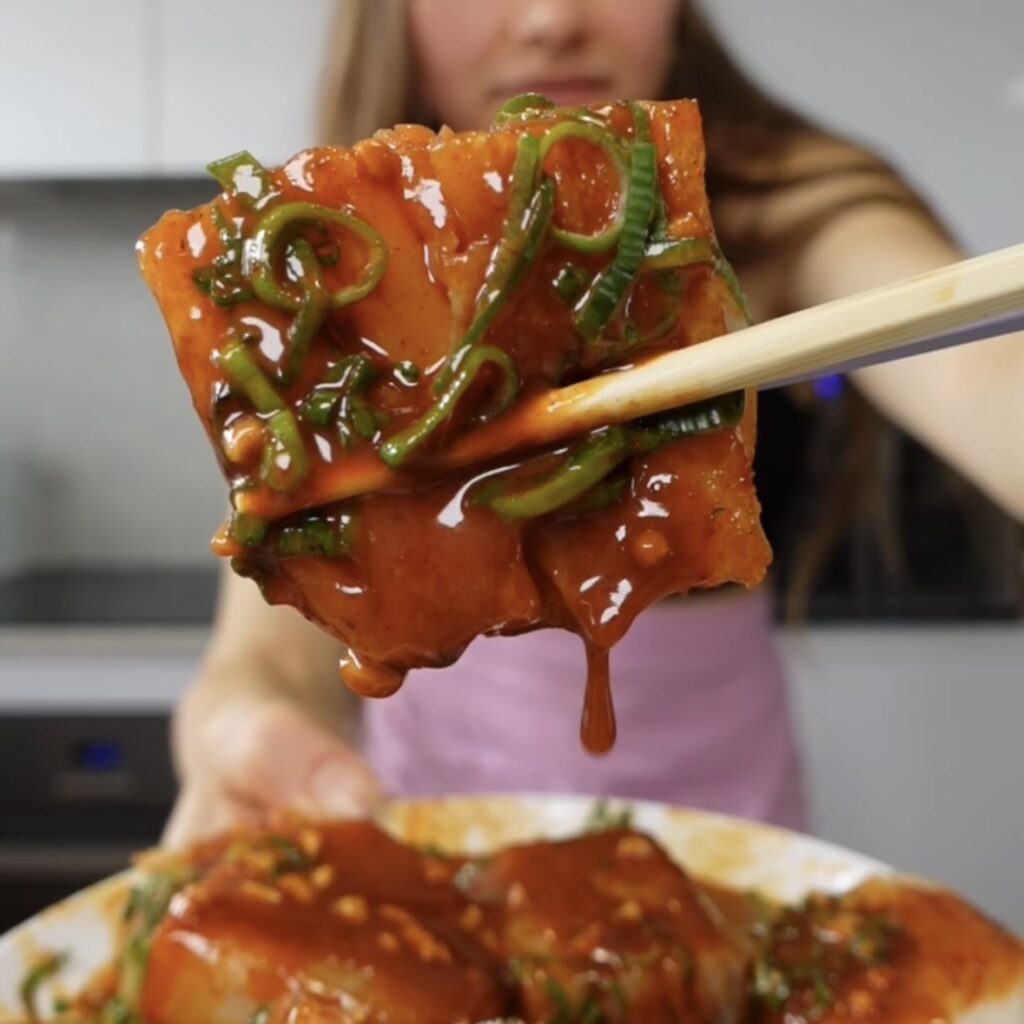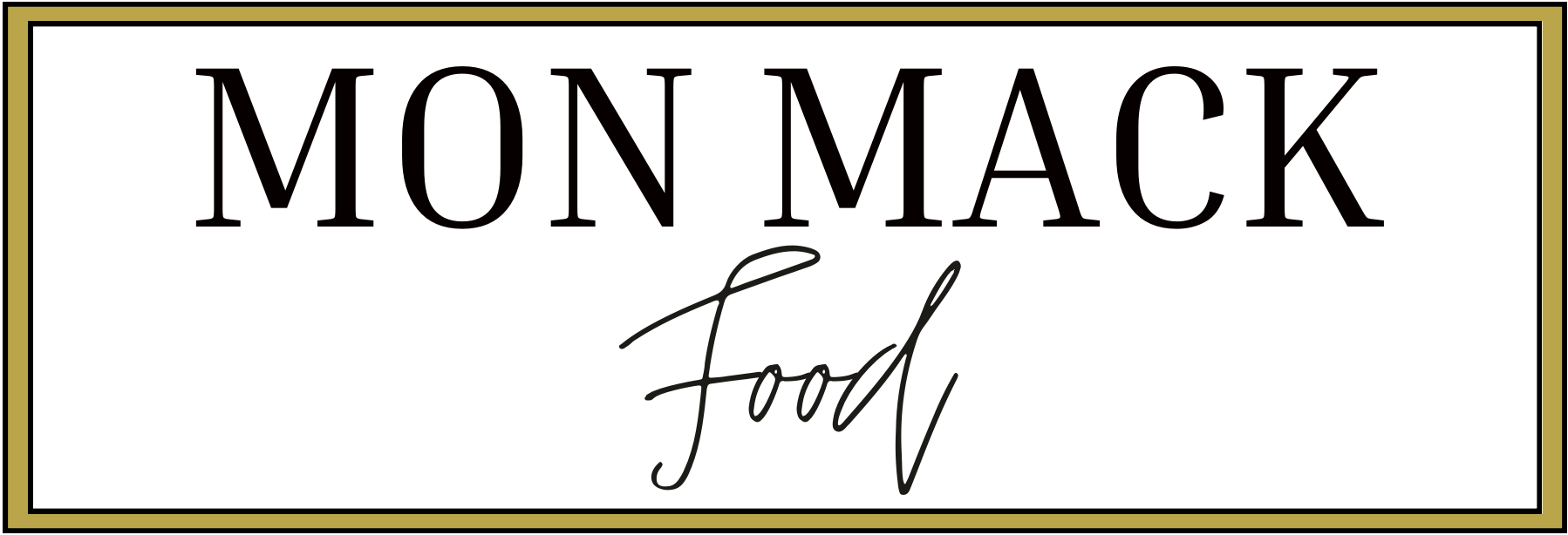
Ingredients
Method
- In a medium sized bowl, combine the milk, vinegar, egg and vanilla and whisk until fully combined.
- In a separate bowl, whisk together the flour, sugar and baking powder to incorporate and remove any clumps of flour.
- Pour the wet ingredients into the dry and mix one last time until just incorporated. You don't want to mix the batter for too long, if not it can go dense and chewy.
- Heat a nonstick pan over a medium flame and grease with butter and a few drops of oil (see note on this under 'What oil should I use for my pancakes?')
- Depending on whether you want to make mini or full sized pancakes, add enough batter so it makes your desired size - Approx 2 tbsp for mini, up to 1/3 for larger.
- After a few minutes (around 3-5mins) - again, depending on the size you make - the pancakes will be ready flip. You will know they're ready because bubbles will begin to form and the top will be less liquid.
- Carefully flip the pancakes and cook for another 3-5 minutes to allow them to get golden on the underside and cook through the middle. (See recipe note below)
- Transfer them to a plate and cover with a towel while you cook the remaining batter.
- If you're making quite a few, pop the plate in a warm oven (just with the light on will do) to keep them from going cold.
- Serve with your favourite toppings and enjoy!
